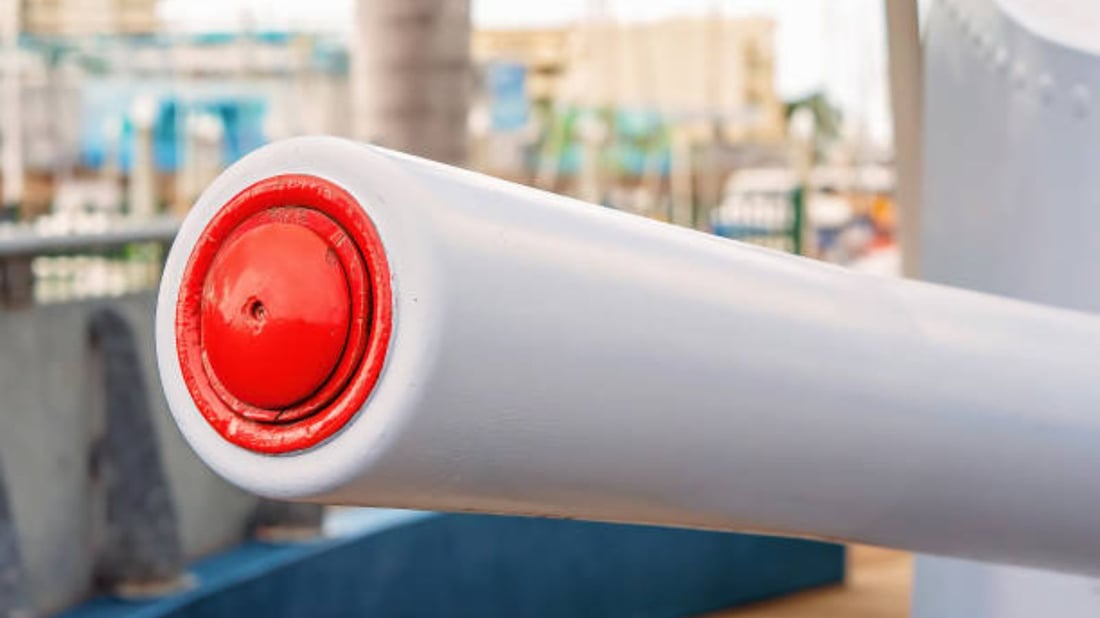PPR pipe welding is a process used to join polypropylene random copolymer (PPR) pipes together. This method allows for a secure and durable connection between pipes, ensuring that they are leak-proof and able to withstand high pressures.
Benefits of PPR Pipe Welding
PPR pipe welding offers numerous benefits, including its ability to create a seamless joint that is resistant to corrosion and chemical damage. Additionally, this method is quick, cost-effective, and environmentally friendly, making it a popular choice for plumbing and heating applications.
Types of PPR Pipe Welding
There are several types of PPR pipe welding techniques, including socket fusion welding, butt welding, and electrofusion welding. Each method has its own advantages and is used in different applications based on the specific requirements of the project.
Socket Fusion Welding Process
Socket fusion welding involves heating the outside surface of the pipe and the inside surface of the fitting, then pressing them together to create a strong bond. This method is commonly used for smaller diameter pipes and is ideal for plumbing and heating systems.
Butt Welding Process
Butt welding is a technique that involves heating the ends of two pipes and pressing them together to form a joint. This method is often used for larger diameter pipes and is suitable for high-pressure applications, such as water supply and industrial systems.
Electrofusion Welding Process
Electrofusion welding utilizes an electric current to heat a wire coil embedded in the fitting, which melts the pipe and fitting materials and creates a fusion bond. This method is commonly used for larger diameter pipes and is ideal for underground and above-ground applications.
Tools Required for PPR Pipe Welding
To perform PPR pipe welding, you will need a few essential tools, including a welding machine, cutting tools, cleaning tools, and fusion fittings. It is important to use high-quality tools to ensure a reliable and durable connection between pipes.
Best Practices for PPR Pipe Welding
When performing PPR pipe welding, it is essential to follow best practices to ensure a successful and long-lasting joint. This includes properly preparing the pipes and fittings, using the correct welding technique, and allowing sufficient cooling time after the fusion process.
Applications of PPR Pipe Welding
PPR pipe welding is commonly used in various applications, such as residential and commercial plumbing, heating systems, chemical processing plants, and agricultural irrigation systems. Its versatility and durability make it a preferred choice for many industries.
Future of PPR Pipe Welding
As technology continues to advance, the future of PPR pipe welding looks promising. With ongoing developments in welding techniques and materials, we can expect even more efficient and sustainable solutions for joining PPR pipes in the years to come.
Quote Inquiry
Contact us!

